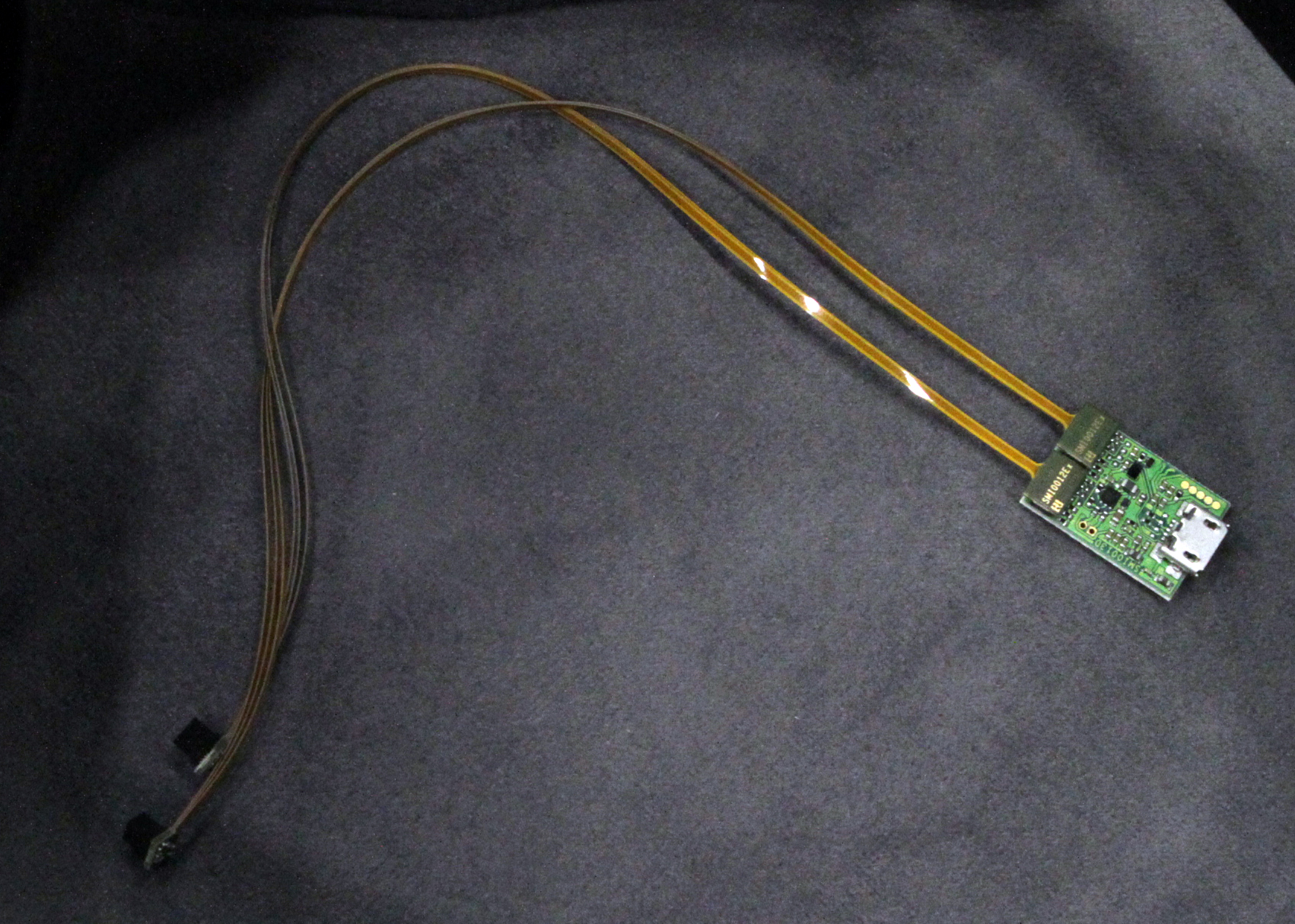Eye Tracking Is Coming To Qualcomm’s Snapdragon VR820 Platform Via SMI
We felt that SMI’s eye-tracking technology, which we first saw at Mobile World Congress earlier this year, showed promise, especially for lower-cost mobile HMDs. Indeed, the technology is now coming to Qualcomm’s Snapdragon VR820 platform.
To be clear, despite the “Snapdragon” name, the VR820 is not a smartphone chip. Rather, it’s designed to run all-in-one mobile VR or AR HMDs. Further, it’s important to understand that Qualcomm’s goal with the VR820 is to free us from smartphone-based (a cynic might say “smartphone-bound”) experiences such as Gear VR and Google’s Daydream.
"With Qualcomm Technologies' great engineering support we have significantly optimized our technology, and we are confident we will be able to achieve even lower processing loads with shorter latency for the eye tracking," said SMI Director OEM Business Christian Villwock in a press release. "Both of these factors are expected to be instrumental in attaining the very best eye tracking performance in standalone VR."
The notion of a self-contained and therefore inherently mobile HMD with inside-out tracking is a sort of panacea in the XR world. Microsoft is arguably the closest to that goal with the HoloLens, but there are others in the space as well, such as Sulon and (someday?) Intel and its Project Alloy HMD. And, of course, it appears as though we’ll see quite a few mainstream-level HMDs with inside-out tracking coming from your favorite PC maker late this year.
What many of the above have overlooked, though, is eye tracking, which portends to be a compelling option for input within a virtual or augmented environment. It’s likely to be a differentiator in the soon-to-be cluttered XR headset market.
You could say Qualcomm is a darkhorse in the VR race, but the company is making some compelling moves, and offering innovators a platform on which to build is precisely how you get companies like SMI and its eye-tracking technology to buy in.
Get Tom's Hardware's best news and in-depth reviews, straight to your inbox.
Seth Colaner previously served as News Director at Tom's Hardware. He covered technology news, focusing on keyboards, virtual reality, and wearables.
-
Jeff Fx >Qualcomm’s goal with the VR820 is to free us from smartphone-based (a cynic might say “smartphone-bound”) experiences such as Gear VR and Google’s Daydream.Reply
Is freeing us from being able to use our existing hardware so we need a separate dedicated mobile VR device really desirable? The main advantage of mobile VR is that it just requires an inexpensive headset that uses hardware that you already own. -
bit_user Reply
A purpose-built all-in-one can run hotter, longer. It can have bigger batteries, it can have better weight distribution, and it could conceivably be cheaper than a Daydream-class smartphone.19104167 said:Is freeing us from being able to use our existing hardware so we need a separate dedicated mobile VR device really desirable? The main advantage of mobile VR is that it just requires an inexpensive headset that uses hardware that you already own.
And, with the addition of foveated rendering, it can offer even better performance than phone-based HMDs.
Even with all that, it will still be no match for a PC-based HMD. So, your point stands. I think all-in-one HMDs will be attractive for location-based entertainment and certain professional applications, but I don't expect them to displace either cheap, phone-based visors or high-end PC-based units.
In 2017, I think we might see Oculus introduce an all-in-one. They've already demo'd a prototype.

